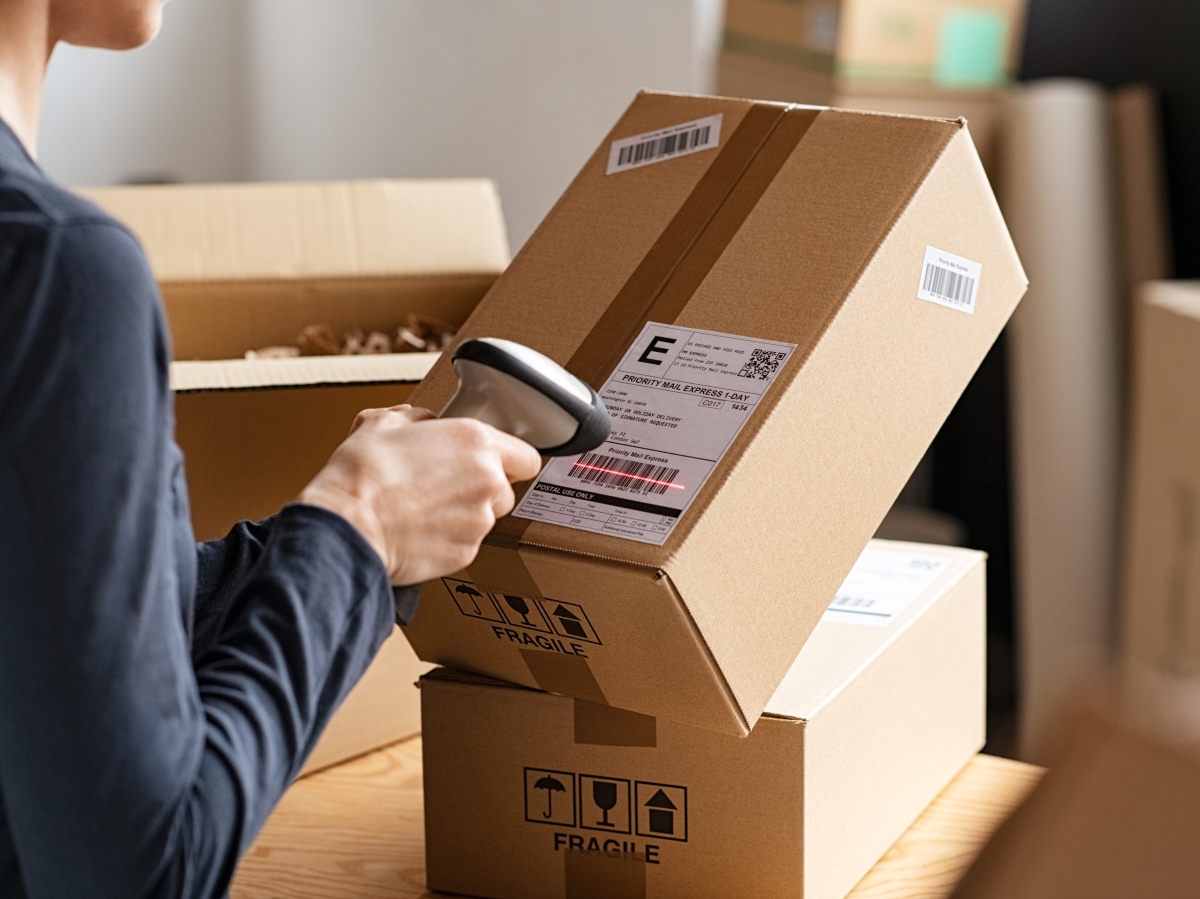Online businesses are being hit hard by fuel prices as their business model relies on deliveries.
Fuel prices trickle down to every consumer touchpoint and for an online retailer, it is going to be a great challenge for their business model, according to Jam Pathirana, CEO and founder of B dynamic, a leading enabler of online retail and provision of third-party logistics services.
“We were already seeing escalating fuel prices brought on by many pandemic-related issues and their flow on impact. This was exacerbated by the Russia-Ukraine war crisis and as a result, fuel prices spiked even higher; and unfortunately, analysts are saying that we are unlikely to get any relief soon,” he said.
“Regular retailers might push click and collect to their customers, but with online businesses, this is not often possible. Fuel prices are beyond our control and with profit margins already being squeezed, it’s more than likely the costs will need to be passed on to customers.
“If there is a short and sudden spike in fuel prices, it’s usually not a problem, and businesses can absorb these added costs, but we are looking at an extended period of elevated fuel costs, with some experts saying that it will be difficult to revert to former prices.”
Pathirana has shared his top tips for online retailers on how to manage the rising costs of fuel.

- Explore different solutions
There are a few different ways that online businesses can look to cut their fuel costs, but it’s a balance between meeting the rising costs and the risk of losing revenue. “The most important step is to do something. Doing nothing is harmful for the business,” Pathirana said.
2. Seek out third party logistics providers
For businesses that are currently managing the pick, pack and ship process themselves, it might be time to look at outsourcing this work, according to Pathirana.
“While everyone is being impacted by the rising cost of fuel, large logistics companies have the capacity through volume to absorb rising costs better than most. There are efficiencies that can be achieved through sheer volume and scale. Take advantage of logistics providers in this market,” he said.
3. Review your geographic market
Online retailers need to think strategically about their market base and how far they are prepared to service certain areas. “Remote areas cost more to reach. Review your market to determine whether you need to reduce the physical range of areas you ship to. If you continue to do service these areas, you may need to add extra cost to deliveries,” Pathirana said.
4. Consider the frequency of deliveries
“Same day or next day delivery is a brilliant service for businesses that have the capacity to undertake this type of service. For businesses that don’t have the capacity, a revised frequency and cost structure could be put in place to enable the business to absorb rising shipping costs. Give customers the option to pay more for fast shipping or less for regular shipping,” he said.
5. Green delivery technology
“If your customers are located in areas that are in close proximity to the business and they are easy to access via car or ebike, draw on green technology to reduce your business’ reliance on fuel,” Pathirana said.
6. Tracking and visibility
“Everyone knows that due to the increase in online shopping, deliveries are taking longer, and they understand why, but they just want to know where their package is currently and when they can expect it to arrive. If your chosen delivery provider offers a parcel tracking service, this can go a long way towards alleviating some of the frustration that customers experience,” Pathirana said.
This article was first published on RetailBiz.
Read the current issue of our digital magazine here:
- For more news and updates, subscribe to our weekly newsletter
- Follow us on Instagram
- Like us on Facebook
- Connect with us on LinkedIn
- Subscribe to our print magazine

